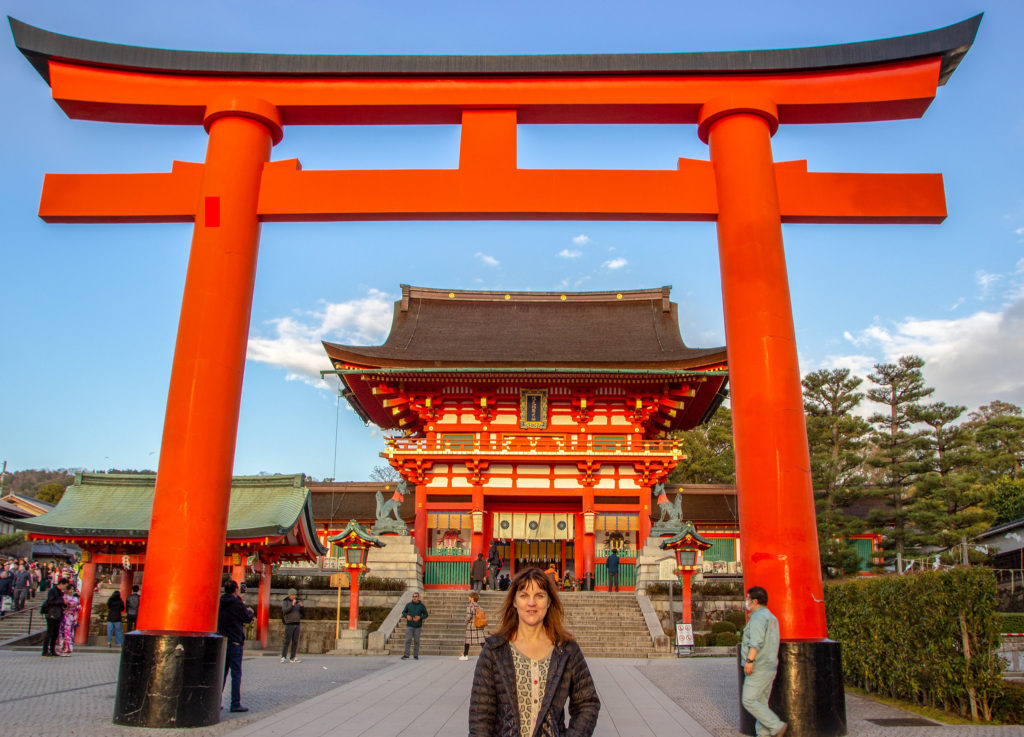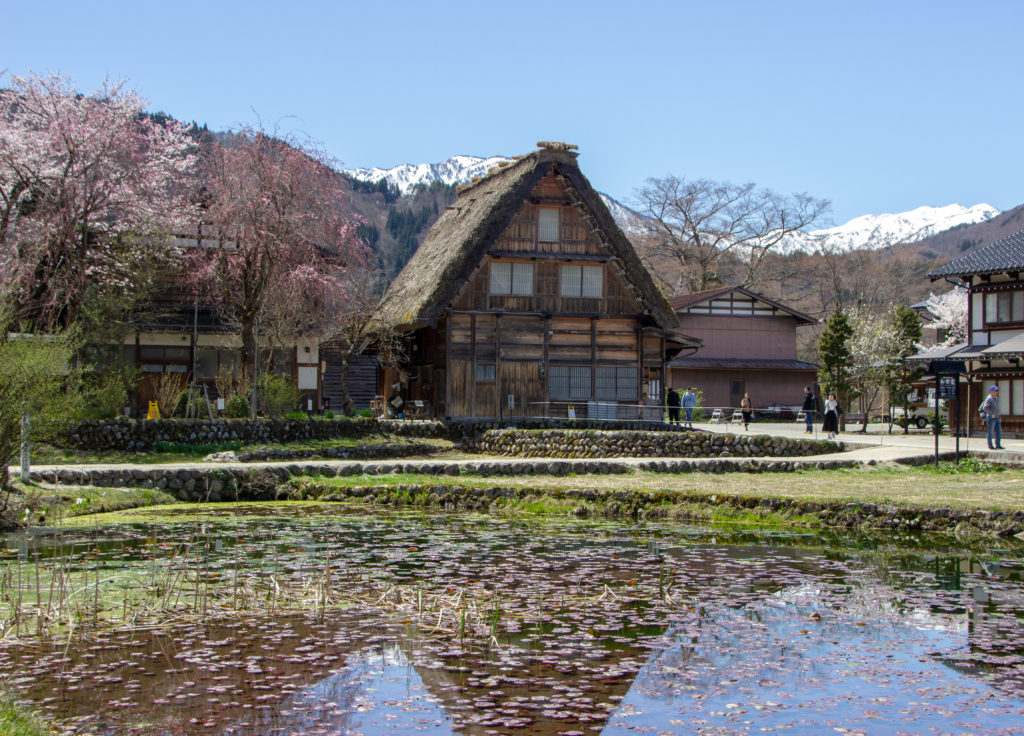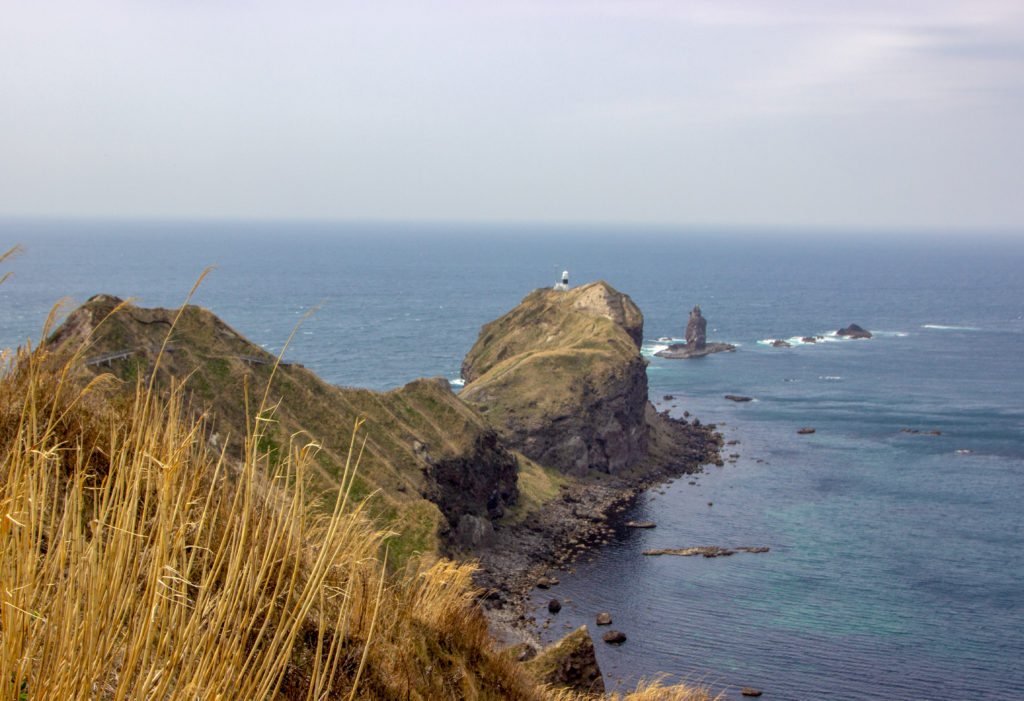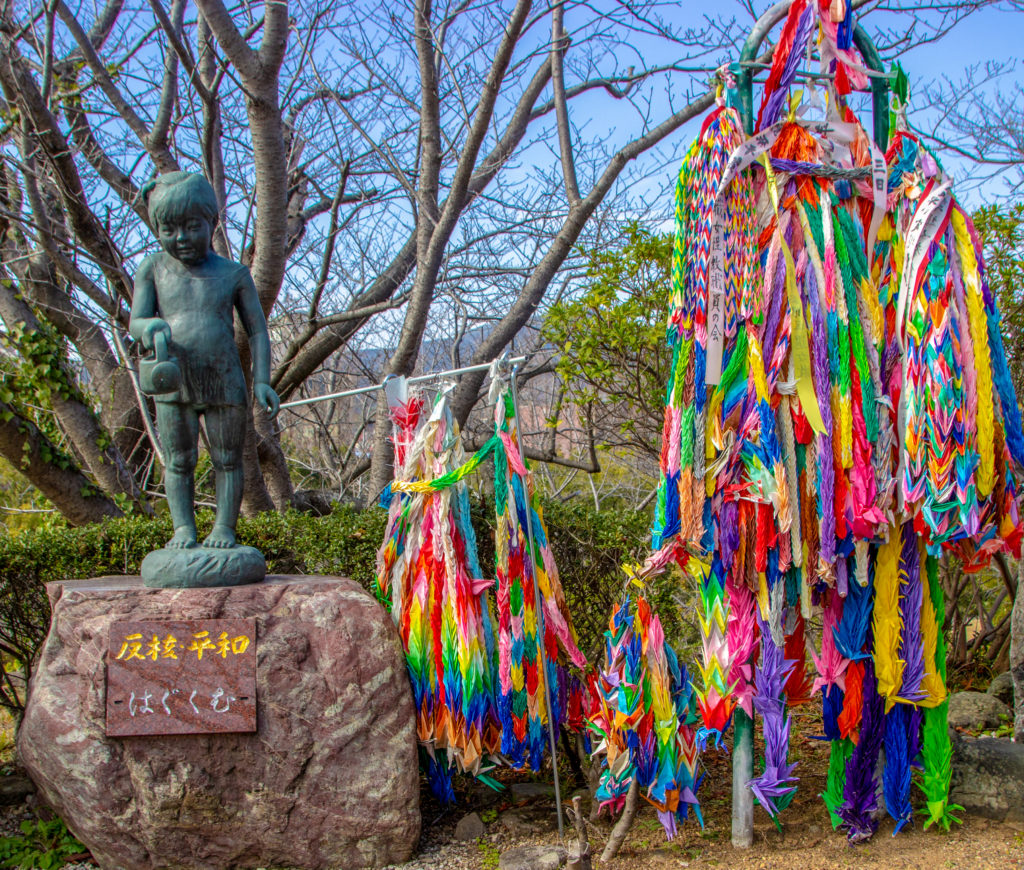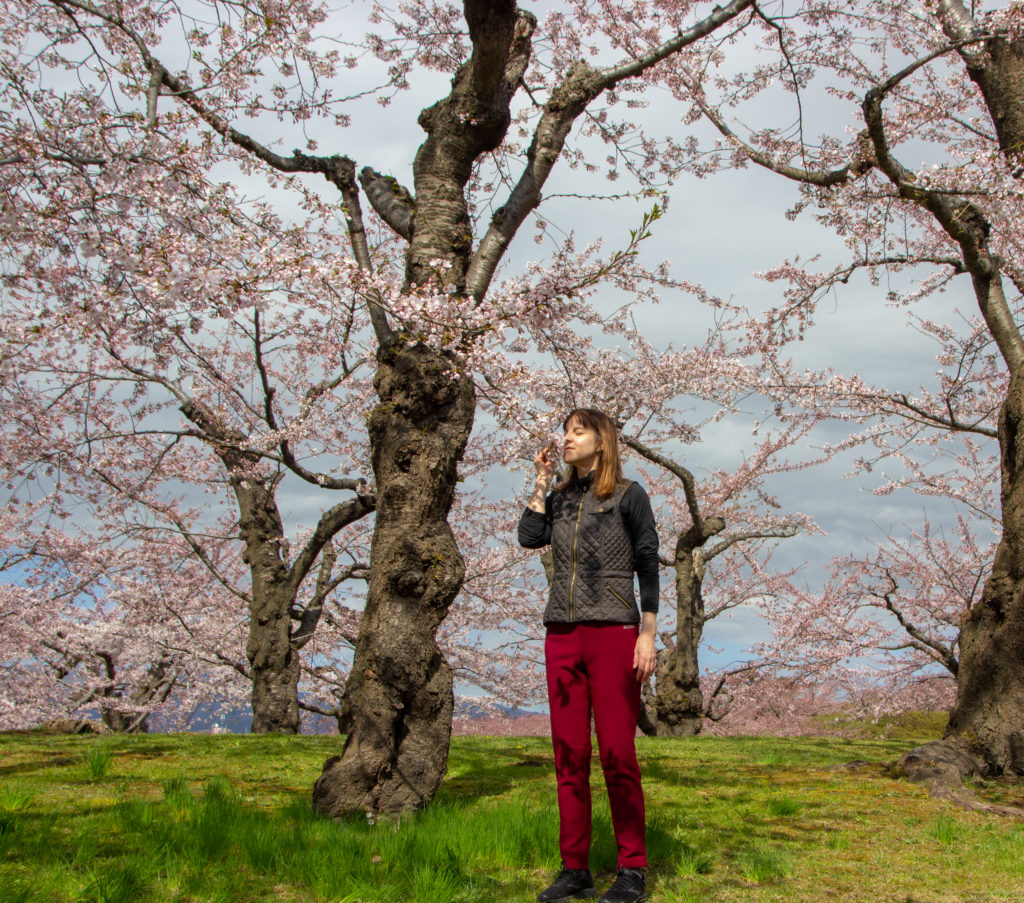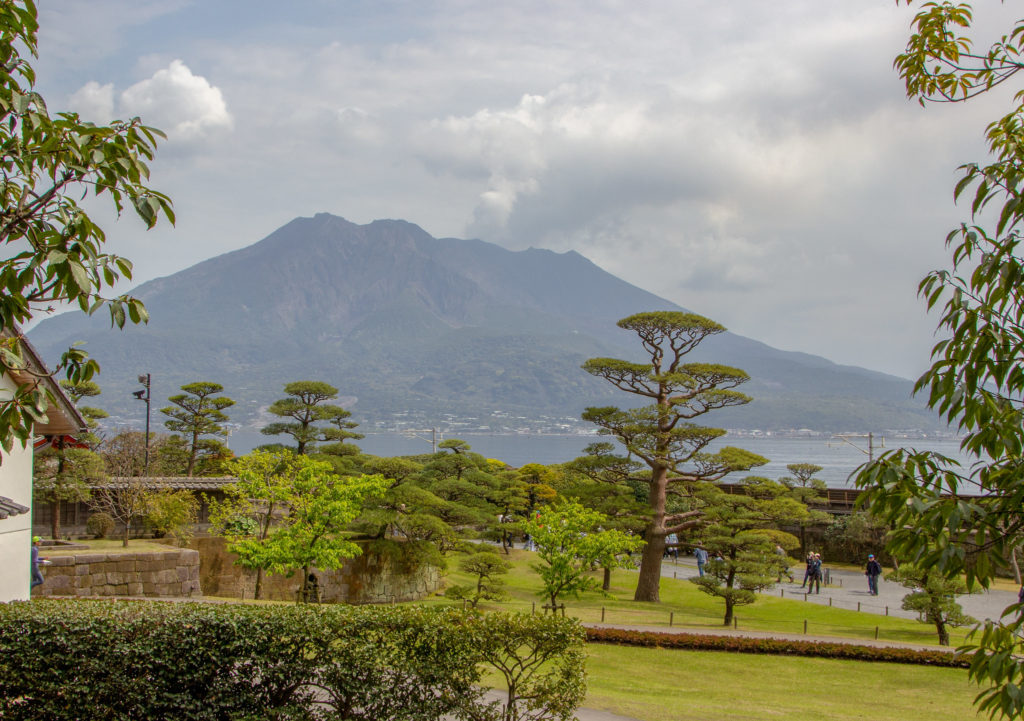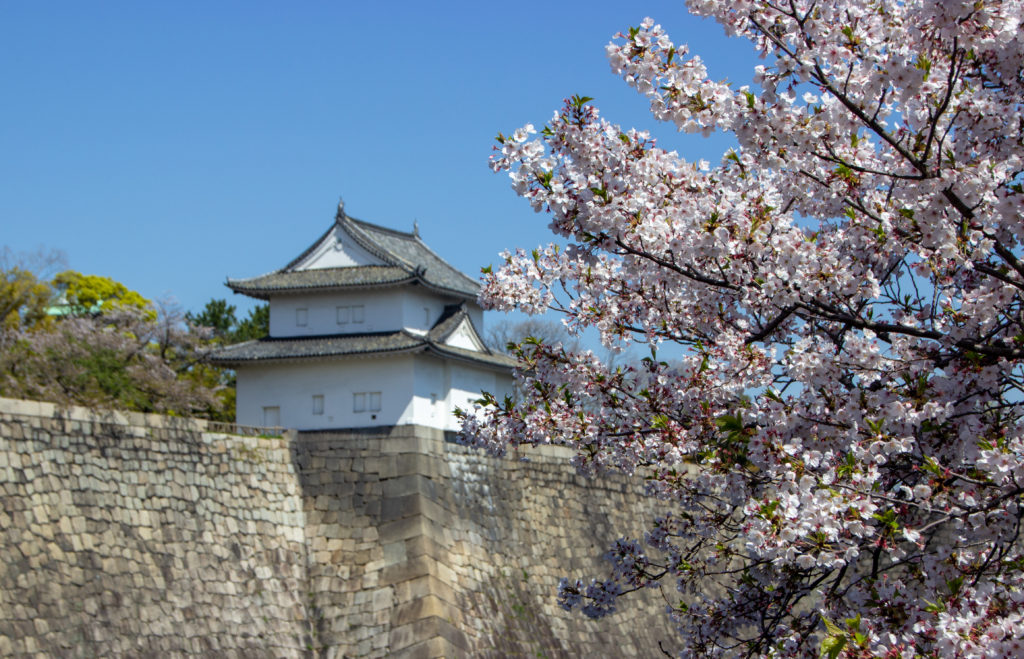
About Japan
Japan is one if the cleanest and safest countries on earth. It is an archipelago with more than 14,000 islands. Japan’s 5 main islands from south to north are Okinawa, Kyushu, Shikoku, Honshu and Hokkaido. Furthermore, Japan is divided into 47 prefectures overseen by own governor. Its national capital is Tokyo and Japan is one of the most densely populated countries in the world with almost 125 million people. The people of Japan have the world’s longest life expectancy. Japan lies on the Ring of Fire with a total of 440 volcanoes and 111 being active. For more information on destinations, check out the Japan Travel Guides below.
The climate of Japan is mostly temperate; however, it ranges from south to north. In the southernmost island, Okinawa is a subtropical climate while Hokkaido, the northernmost island has long cold winters with cool to warm summers. Japan is vulnerable to earthquakes, tsunamis and volcanic eruptions due to its location on the Ring of Fire. The most popular religious or spiritual beliefs in Japan are Shintoism and Buddhism. This is revealed in the cultures’ incredible Buddhist temples and Shinto shrines throughout the country. The currency is the Japanese Yen.
Japan has incredible cities to visit, such as, Tokyo, Kyoto, Nagasaki, Osaka, Hiroshima, Sapporo & Kobe. Mount Fuji is its most famous volcano, standing majestically at 3,776.24 m (12,389 ft 3 in) high. It’s one of the ‘Three Holy Mountains’ in Japan, along with Mount Tate and Mount Haku. Cherry Blossom or Sakura Season in the spring is the most popular time to visit Japan. They even have a Cherry Blossom Forecast, with a 2 – 3-month season. It starts in February in the southernmost island of Okinawa, extending to May in the northernmost Hokkaido.
Japan Travel Guides
Fabulous Kyoto One Day Tour at Fushimi-Inari Shrine, Buddhist Temple and Nishiki Market
Kyoto is one of the most amazing cities in the world, so it can be quite a dilemma to only have one…
Picturesque Shirakawa Village Highlights During Sakura Season
Nestled in the Japanese Alps, visiting Shirakawa Village is like stepping into a storybook. Approaching by road, I feel myself slipping into…
Top Attractions in Hokkaido, Japan’s Northernmost Island
Being the northernmost and least developed island of Japan, Hokkaido is a wonderful place to explore. During early spring, I visited Cape…
An Emotional Day at Nagasaki’s Historic Peace Park and Atomic Bomb Museum
The Nagasaki Peace Park and Atomic Bomb Museum stand as an evocative beacon for world peace. Here visitors can learn about this…
My Life-Changing Cherry Blossom Tours in Japan
In spring Japan’s cherry blossoms light up, as a prism from which to refract the essence of this Buddhist country. Being there…
A Healing Experience at Kagoshima’s Unique, Geothermal Sand Spas
One of the most unique experiences of my life was getting buried in the Kagoshima sand spas. And yes, thankfully my head…
A Wonderful Day Tour at Osaka Castle and Shitennoji
With only one day in Osaka, it can be overwhelming to choose what to do. This is why planning a tour is…

